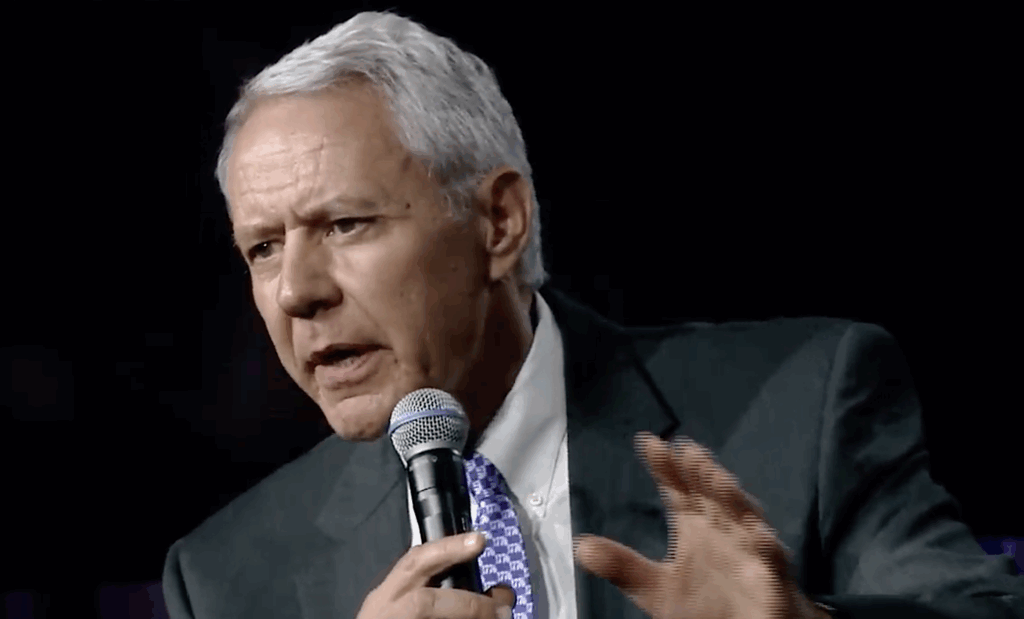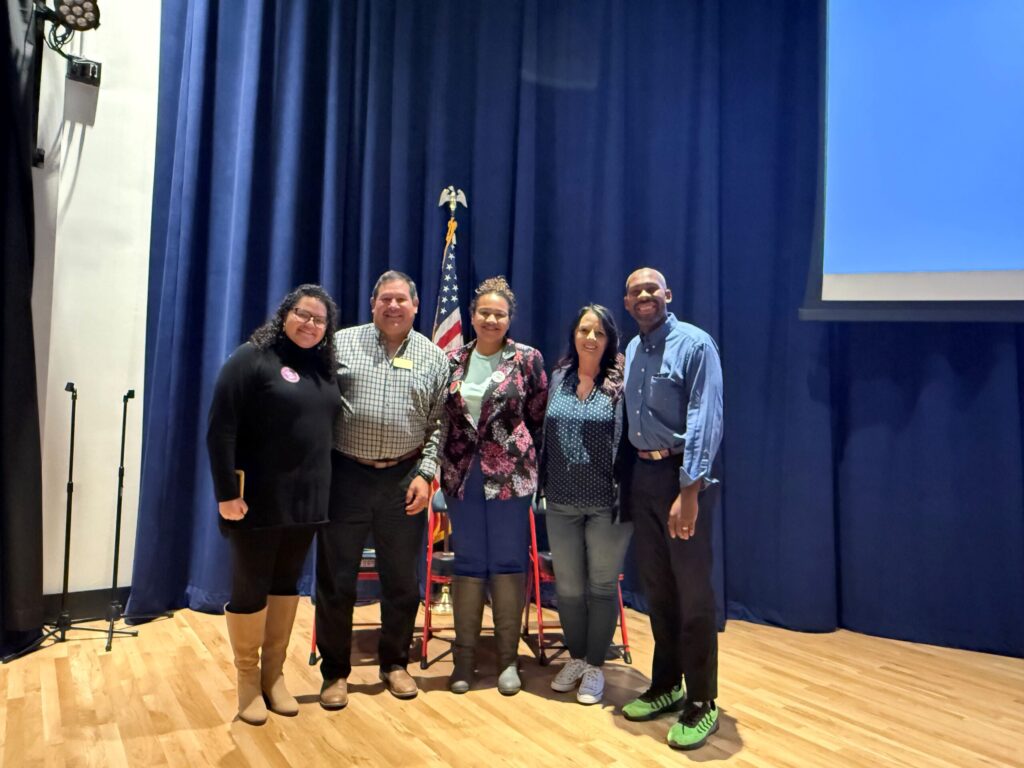State lawmakers take on Colorado water plan
Sometime between now and November, a select committee of lawmakers will come up with their own ideas for the direction of Colorado’s 2-year-old water plan.
It’s a bit of a change-up from the current role of the Colorado General Assembly, which for the past several years has done little more than write checks to implement the plan.
This week, the legislature’s Interim Water Resources Review Committee hit the road to Steamboat Springs to collect ideas from attendees at the Colorado Water Congress summer conference.
In 2013, Gov. John Hickenlooper charged the Colorado Water Conservation Board with putting together a plan for Colorado’s water future. The plan, which was released in 2015, is intended to address a looming water shortage of about 1 million acre-feet of water, a shortage driven by an expected surge in Colorado’s population of about three million people between now and 2050. (An acre-foot of water is about 326,000 gallons, or the amount of water that would quench the thirst of two families of four for a year.)
The plan focuses on three “aspirational” goals for solving the shortage: 400,000 acre-feet of water should be stored in new reservoirs or other forms of storage, such as refilling underground aquifers or expanding existing dams. Another 400,000 acre-feet needs to come from conservation, and 50,000 acre-feet should be shared by the state’s agriculture industry through a variety of transfer methods, such as temporary water leasing to municipalities and industry.
In 2014, frustrated that they had been left out of the process, the General Assembly passed a bill that charged an Interim Water Resources Review Committee with traveling around the state to gather input from Coloradans on what they thought the water plan should look like. That measure declared that the water plan’s purpose is to determine state policy on conservation and development of Colorado’s water resources, and that the General Assembly is “primarily responsible for guiding the development of state water policy.”
The water plan, after receiving tens of thousands of public comments, including from lawmakers, was released in 2015.
But the bill did one other thing: it charged that same water committee with coming up with their own list of topics that the water plan should address, including potential legislation.
That first list is due Nov. 1.
During Wednesday’s hearing, lawmakers heard from Travis Smith, who represents the Forest Health Advisory Council, a legislatively created committee that looks at wildfire impacts on Colorado’s forests. Smith, who is also director of the San Luis Valley Water Conservancy District, said the group’s recommendations will come later this summer or fall and “aren’t ready for prime time yet.”
He told Colorado Politics the group’s report will look at the state’s role on watershed health. Watersheds are areas of land where rainfall drains to a particular lake, stream or river; one definition simply says no matter wherever you are, you are standing on a watershed. Smith said ensuring the health of watersheds, in the wake of a disastrous pine beetle infestation that killed 70 percent of the state’s lodgepole pines, means watching out for soil erosion, fire and flood conditions and runoff that impacts water quality. All of these impact Colorado’s recreation, agriculture and timber industries, he added.
The state water plan does address watershed health, noting that 80 percent of municipal water supplies come from runoff that flows through watersheds. The plan sets a goal to develop master protection plans for 80 percent of the state’s watersheds by 2030.
The Colorado Water Congress conducted a survey of its 1,500 members this year to come up with a list of recommendations for the water committee’s consideration.
Doug Kemper, CWC executive director, said members rated highly issues such as a comprehensive discussion on water storage and other water infrastructure; asking the state to identify and endorse specific water projects; explaining how the state will help implement and fund basin implementation plans and specifying how permitting for water projects will be streamlined.
Basin implementation plans form the heart of the state water plan. Those plans were developed by basin roundtables: groups that represent the state’s eight major river basins plus a ninth group for the metro Denver region. These volunteer groups are made up of representatives from agriculture, recreation, municipal, industrial and environmental interests, and water providers. Each roundtable group came up with a master list of water projects, dealing with everything from wastewater treatment and stream health to storage.
Permitting is another matter altogether. Water officials have long complained about the amount of time it takes to wade through federal and state permitting processes for water projects that add years and even decades, along with higher costs, to the amount of time it takes to get a project from start to finish.
For example, the Northern Integrated Supply Project, which is a plan developed by a coalition of water providers to build two new dams in northern Colorado, started working on its first permits in 2003. The U.S. Army Corps of Engineers, which is usually the last agency to sign off on a reservoir project, gave its final blessing in May.
Down the list of Water Congress members concerns: conservation and having an inventory of abandoned mines that threaten water quality.
One priority that generated a lively discussion was whether the private sector should be involved in financing water infrastructure projects.
It’s not something that currently happens in Colorado, according to Kemper, but in states like Indiana and Illinois some municipalities have been employing those ideas.
“Small governments that don’t have the funds to pay for upgrades to water or wastewater infrastructure” will hear from the private sector that they can do it cheaper. “This is a trend we should keep an eye on,” Kemper told the committee. “If smaller communities don’t have the resources, it puts enormous burden on existing [water] ratepayers.”
Interim Water Committee chairman Sen. Jerry Sonnenberg, a Sterling Republican, asked whether private companies in other states could tap into federal dollars to help provide those services. That prompted a quick reply from Democratic Sen. Matt Jones of Louisville.
“Hold onto your wallets. There’s no free money out there,” Jones said, pointing to the debacle over private management of the U.S. 36 expansion between Denver and Boulder. That project added first-ever toll lanes to the highway and drew complaints that privatizing the highway would add costs for Colorado highway users in the name of profit for out-of-state investors.
Such deals “bind you forever from changing anything,” Jones warned. “It undermines representative democracy.”
However, Sonnenberg replied that private/public partnerships are an option worth exploring, especially for small communities that can’t afford the costs of major projects. But “Senator Jones obviously brings up one of the concerns, that someone will have to make a profit.”
Public comments on the water plan can be sent to the water committee via email towaterresources@state.co.us.











